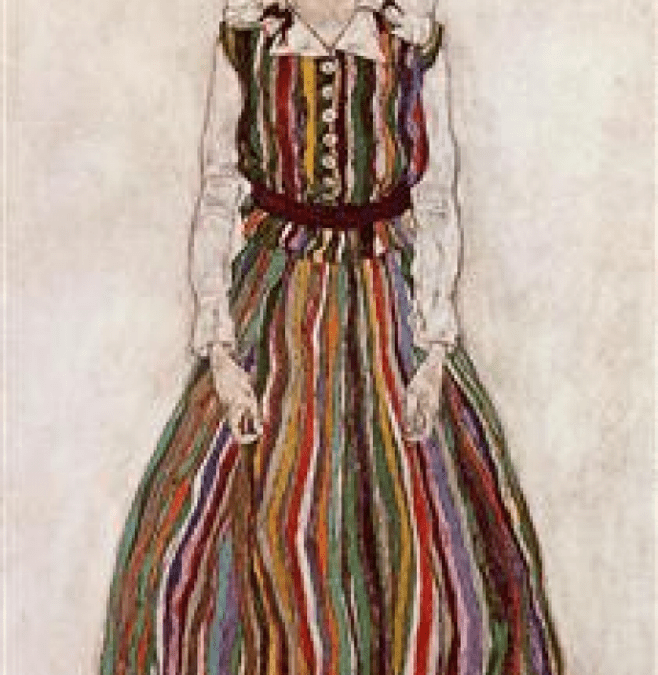When a person is having a balance problem, they are often issued standing balance exercises that they practice at home. A proper evaluation by a physical therapist is needed in order to assess the abilities of the patient and to determine if the patient needs to start with very easy and basic exercises, or if they are able to begin with something more challenging.
Romberg Balance Exercises
One such exercise is called Romberg balance exercises. The patient stands in a corner with a chair in front for safety so that if they lose their balance, the wall is right behind them, and the chair is in front of them for support. The patient is standing 1-2 inches away from the wall, but not leaning on the wall. For clients with very poor balance, the person should start the exercise with their feet shoulders width apart and with their eyes open. The patient should focus on feeling the ground with their feet to try and decrease their sway, and practice keeping their weight centered over the middle of the foot and not back in the heels or too forward in the toes. I ask my patients to do this exercise for 2 minutes, 3 times a day. If the exercise makes the patient very dizzy or nauseated, they should not do it for so long, but should take a break sooner if their symptoms start to increase. As the patient improves in their ability to maintain their balance, gradually the feet can be moved closer together, 1 inch at a time….
If standing with eyes open and feet together is too easy, the person should try the exercise with their eyes closed and try not to sway. It is a good idea to have someone stand next to the patient for added safety when performing exercises eyes closed. The benefit of doing the exercise eyes closed is that it forces the brain to become less reliant on visual information, and forces the brain to practice using balance information that comes from the inner ear system and the sensation that we have in the joints and muscles that let the individual know if they are stable or swaying.
I hope this gives you an idea of exercises that people would be assigned to do at home when working with a vestibular physical therapist on their balance problem. If you are having a balance problem, I cannot recommend enough how important it is to work with a trained professional in this field that can determine the factors that are causing your particular imbalance and the proper exercises to help you improve.
*Portrait of Edith Schiele, the artist’s wife by Egon Schiele 1915




